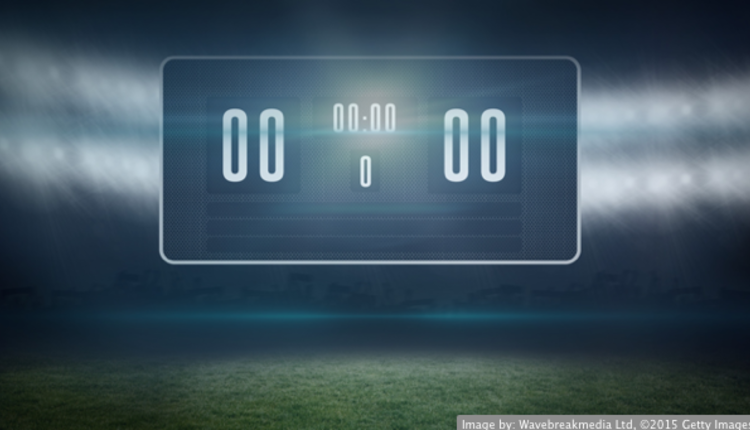
Another new year has begun, and I’m faced with the trade-off between making predictions for 2015 and taking stock of things in my life as they sit today. While, certainly, I’d much rather look forward than backward, a brief stop in the present seems appropriate to reflect on the digital/mobile experiences that exist in my own life and to put down some markers that perhaps we can use as a baseline down the road.
I decided to check out a couple of apps and communications that I receive from various providers and to compare the experience they deliver versus what I might expect. Let’s use this point in time as a benchmark to come back and compare those experiences to see how much has changed or progressed in a year or so.
For simplicity and consistency, I’ll use two service providers in different industries: my bank and a hotel chain I frequent when traveling on business (of course, I won’t name names).
Bank: A very simple combination of savings and checking accounts, along with some savings accounts for the kids, and a credit card is also issued by the bank
The mobile experience provides a very complete set of data that is presented for account summary across all accounts. The presentation is clean and simple, yet comprehensive. I can drill down for further detail where needed. No graphics are provided at all in the form of charts or graphs. There is also no rotation of the site content as the phone is moved around. Perhaps, the minimalistic approach helps to ensure the quick response times.
On the bank’s website and in the mobile app, access to monthly statements is provided through rendering of PDF, while all current account information is provided in a more web-friendly HTML-based view. The statements are clearly a duplicate of print stream formats, whether I get them on paper or not. Given the lack of rotation and device-based presentation, these limits make using the statements on a small form factor difficult. To be honest, I don’t use this feature frequently though.
Hotel: A member of their frequent sleeper club
The hotel’s mobile experience is very similar to the bank’s in that summary data is presented neatly and cleanly, though slightly more graphics and images are used in the hotel app. Capabilities for reviewing or making reservations are available; however, custom options or requests are limited or non-existent. Although the current status of my club membership is always available, there is no monthly statement section. Also similar to the bank capabilities, the site doesn’t rotate with the device, which is slightly annoying but not critical.
The hotel website has more features than the mobile site, but unlike the bank, no rendering of statements or content is done via PDF. Additionally, the hotel chain does send copies of my bills from checkout via email. These are delivered in HTML with a nice look and feel.
So, both apps provide me with the basic capabilities one would need in order to check data and do simple transactions. Neither presents advanced rendering and rotation capabilities (through responsive design techniques) nor do they utilize charts and graphs. To me, this suggests that both companies are in the transitional phase of their mobile presence. The mobile apps provide good utilitarian capabilities but aren’t yet ready to function as the only source of communication and data between the company and me (intentionally not touching the security topic here). Perhaps, this is to be expected and is actually a good thing. Get the basics done right and done first, then move on to more advanced services and capabilities—sounds like an approach I’ve seen and used before.
I’ll be keeping an eye on the app evolution over the next year to see what enhancements and advances are made in my mobile experience. The evolution of each app's usability and capability will say a lot about their respective customer experience strategies and the investments being made in their mobile experiences.
On another note, remember that the customer/digital experience is made up of much more than just the apps and communications delivered across our multiple channel options. Great communications and apps cannot make up for poor business practices. Case in point, I just received a very nicely formed email from an airline that I frequent, informing me that for roughly $1,100, I can maintain the same traveler level that I’ve attained for past few years. Seems I missed the new, higher threshold by just a couple of flights last year. Clearly, no app or communication format can make up for this negative experience. I don’t care how good their app or web experience is (and it is surprisingly good); this policy and money grab does not sit well!
I hope that your providers are treating you better and aligning their policies with actions in both how they deliver service and communications.
Tom Roberts has more than 20 years of experience in business technology. He serves as a principal consultant at Doculabs, where he develops strategic plans to help organizations use ECM technologies to achieve their business goals. Follow him on Twitter @tomroberts72 or email troberts@doculabs.com.
















